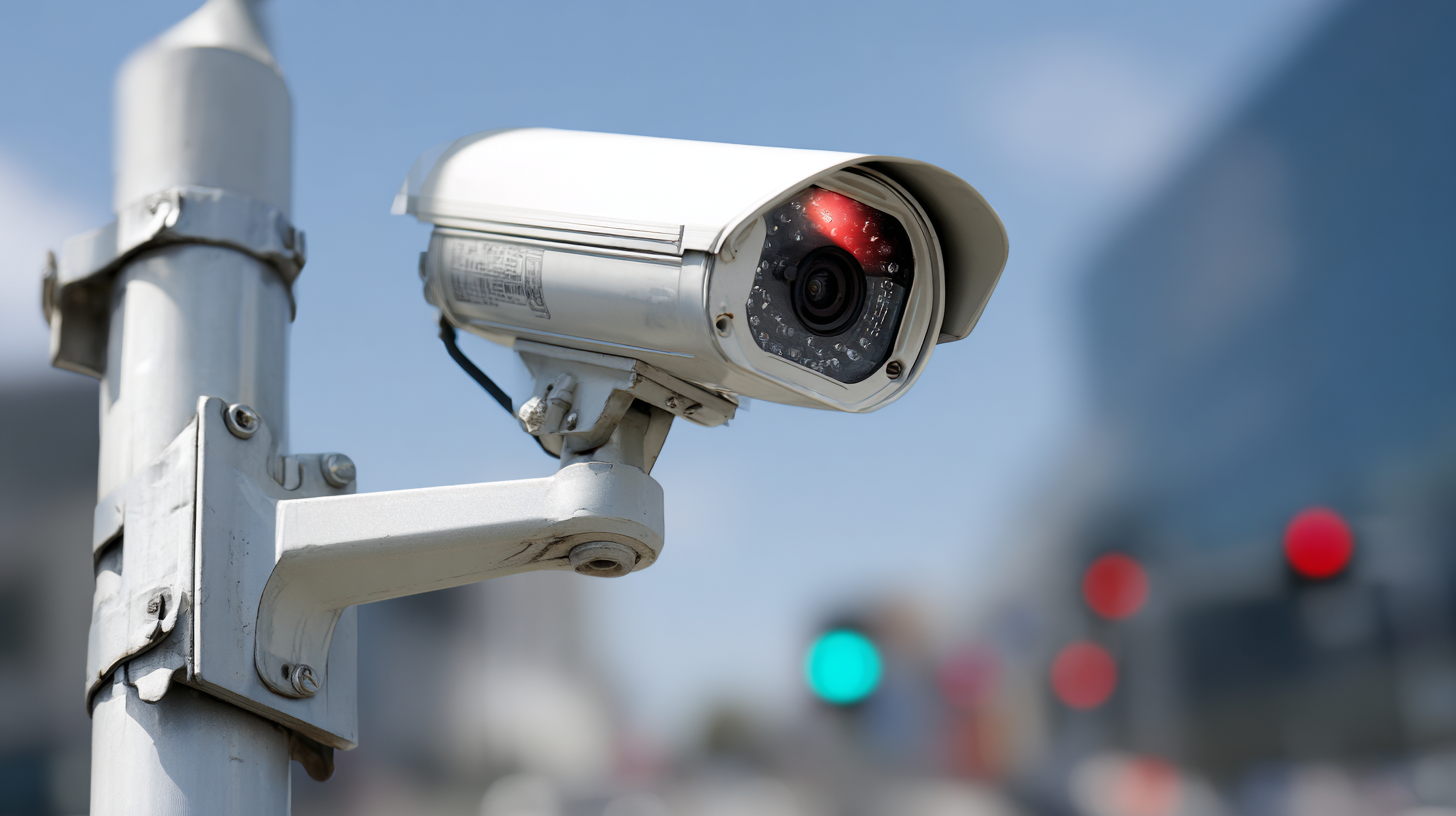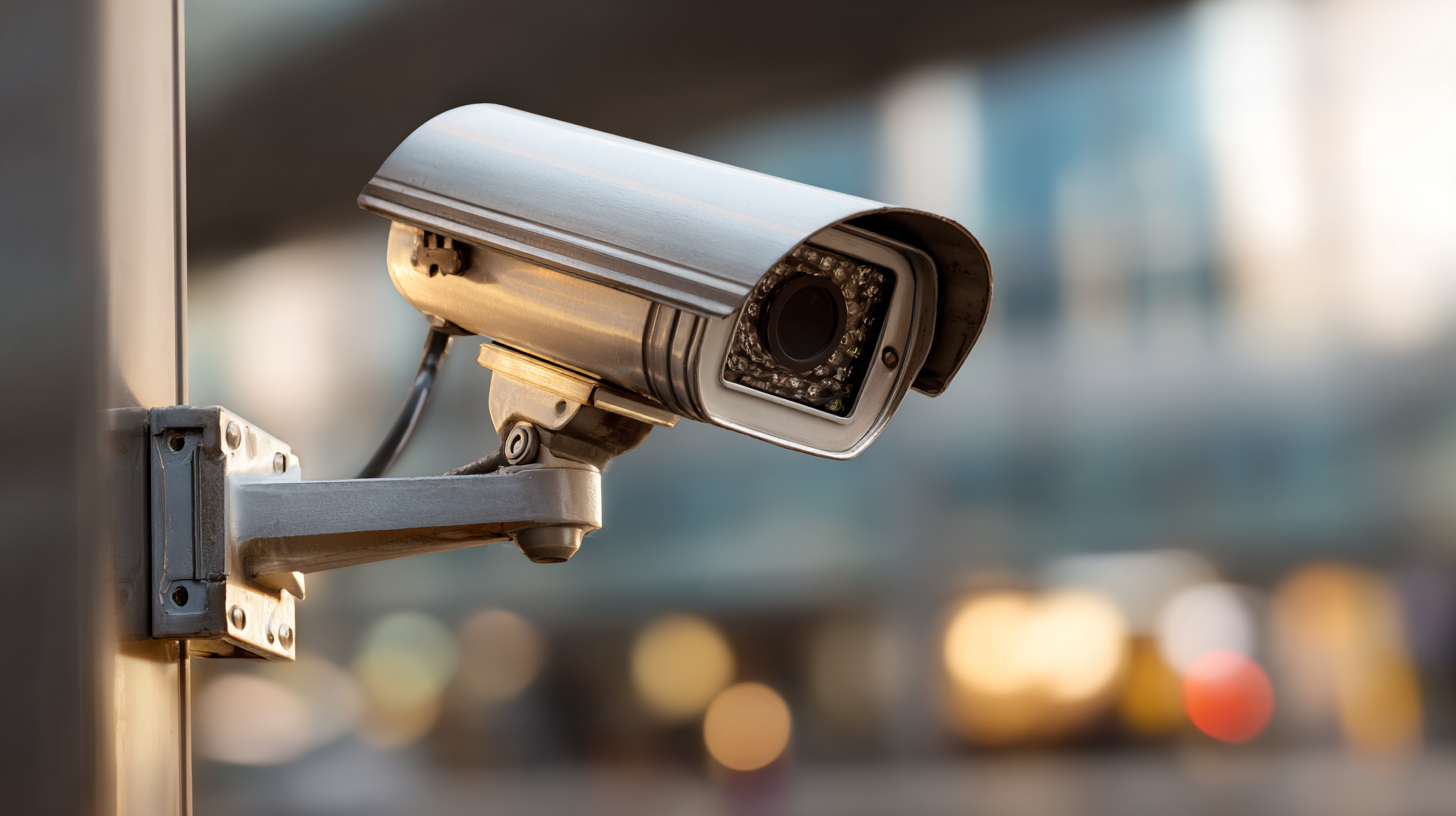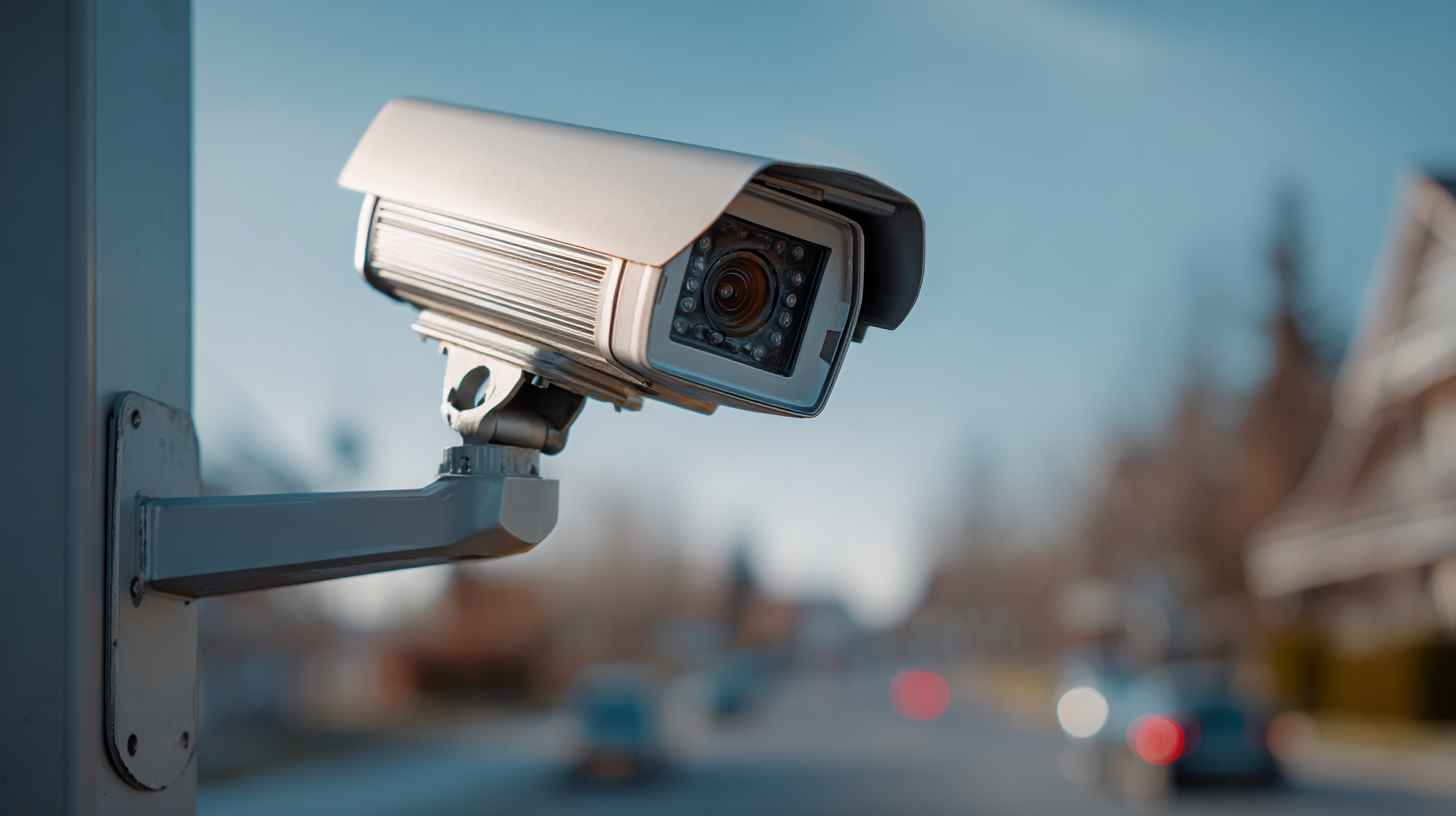As we venture into 2025, the demand for cutting-edge Home Surveillance Systems is more prevalent than ever, driven by increasing concerns over safety and security. According to a recent report by MarketsandMarkets, the global market for home security systems is projected to reach $78.9 billion by 2025, growing at a CAGR of 8.5% from 2020. This surge in popularity has sparked innovations in technology, leading to features such as AI-driven analytics, enhanced connectivity options, and advanced motion detection sensors.

With a plethora of models available, it becomes crucial for consumers to understand the detailed technical specifications and evaluate the top types that align with their individual security needs. In this blog, we will delve into the next wave of technological advancements in home surveillance and provide guidance on how to choose the right system to safeguard your home effectively.
As we venture into 2025, the landscape of home surveillance systems is evolving rapidly, thanks to technological advancements that enhance security and ease of use. Modern systems are no longer just about traditional cameras; features such as AI integration, cloud storage, and smart home compatibility have become essential. According to a report by MarketsandMarkets, the global smart home market is projected to reach $174 billion by 2025, with security systems being a significant contributor. This highlights the increasing importance homeowners place on integrating advanced surveillance solutions that offer real-time monitoring and alerts.
When selecting the right home surveillance system, there are several key features to consider. First, resolution quality is paramount; 4K cameras provide unparalleled clarity, making it easier to identify faces and license plates. Additionally, systems with motion detection and alert capabilities significantly increase security measures, as they can inform homeowners of potential intrusions instantly. A report by Statista reveals that nearly 60% of US households already have some form of security system, and this number is expected to rise as users prioritize features such as remote access and automated monitoring. Choosing a system that provides seamless integration with existing smart home devices further enhances the overall effectiveness and user experience.

The landscape of home surveillance systems is witnessing a revolution in 2025, marked by groundbreaking tech innovations that enhance security and ease of use. From advanced AI algorithms that can distinguish between regular activity and potential threats to smart integrations that allow users to monitor their homes from anywhere, the future of home security is both exciting and accessible. These innovations are designed to provide peace of mind while simplifying the user experience.
When choosing a home surveillance system, consider the integration capabilities with smart home devices. A system that works seamlessly with your existing smart technology can enhance convenience and responsiveness. Additionally, prioritize systems that offer cloud storage for video footage. This feature not only ensures your data is safe but also allows for easy access and retrieval of past events.
Another essential tip is to evaluate the system’s user interface. A straightforward and intuitive design can greatly improve your efficiency in navigating settings and monitoring feeds. Check for mobile applications that enable real-time notifications and allow for remote access, providing you with instant updates and control over your home security while you're away.

When choosing the right home surveillance system, it's essential to have a clear checklist to streamline the decision-making process. Begin by assessing your specific needs—consider the size of your property, the areas you want to monitor, and the level of detail you require from the video footage. Identifying these factors will help you determine whether you need indoor or outdoor cameras, and if basic models suffice or if advanced features are necessary for your safety.
Next, focus on evaluating the key features that modern surveillance systems offer. Look for cameras with high-resolution video, night vision capabilities, and motion detection alerts. Additionally, consider the ease of installation and whether the system offers smartphone compatibility for real-time access. Always check for user reviews and expert recommendations to ensure you're selecting a reliable product that performs well in various conditions. By systematically assessing these criteria, you can find the surveillance system that best fits your home security needs in 2025.
When it comes to home surveillance systems, one of the key choices homeowners face is between wired and wireless options. According to a 2023 report by MarketsandMarkets, the global video surveillance market is expected to grow from $43.2 billion in 2023 to $73.0 billion by 2028, highlighting an increased demand for reliable security solutions. Wired systems, known for their robustness and stability, are generally favored in scenarios where high-definition video footage is critical. They tend to offer better quality without interference issues, making them ideal for larger properties where signal strength may wane with distance.
On the other hand, wireless surveillance options are rapidly gaining traction due to their ease of installation and flexibility. A survey conducted by Statista revealed that 54% of consumers prefer wireless systems because they can be set up without professional help and are easily adjustable according to user needs. Additionally, with advancements in battery technology and cloud storage, wireless cameras have improved significantly, offering features such as remote access and real-time alerts. As we approach 2025, the choice between wired and wireless surveillance systems depends largely on the homeowner's specific requirements, such as property size, desired video quality, and ease of installation.
As home surveillance technologies continue to evolve, privacy concerns have become increasingly prominent. A recent report by MarketsandMarkets indicated that the global smart home security market is projected to reach $78.9 billion by 2025, demonstrating the growing reliance on surveillance systems. However, along with this growth comes heightened scrutiny regarding personal privacy. Many consumers are now deliberating not just on the features of their home surveillance systems but also on how such technologies might infringe upon their privacy.
The introduction of artificial intelligence and facial recognition capabilities in home surveillance systems raises critical questions about data handling and user consent. According to the Pew Research Center, over 50% of Americans express concerns about surveillance cameras in public spaces, which inevitably extends to private home systems as well. As consumers evaluate their options, they must consider the implications of data storage, who has access to recorded footage, and how long such data is retained. Finding a balance between security and privacy in choosing home surveillance systems is essential to foster trust in these innovative technologies.
| Feature | Description | Privacy Concerns | Innovative Technologies |
|---|---|---|---|
| 1080p HD Video | High-definition video quality for clear images. | Potential for misuse of captured footage. | AI-based motion detection. |
| Two-way Audio | Communication feature allowing conversations through the camera. | Eavesdropping risks and privacy invasion. | Voice recognition integration. |
| Night Vision | Ability to see in low light conditions. | Concerns about constant surveillance. | Infrared technology for improved visibility. |
| Cloud Storage | Remote storage of recorded footage. | Data breaches and unauthorized access risk. | Encrypted cloud service providers. |
| Smart Home Integration | Seamless connection with other smart devices. | Interoperability risks with multiple devices. | IoT frameworks for enhanced compatibility. |